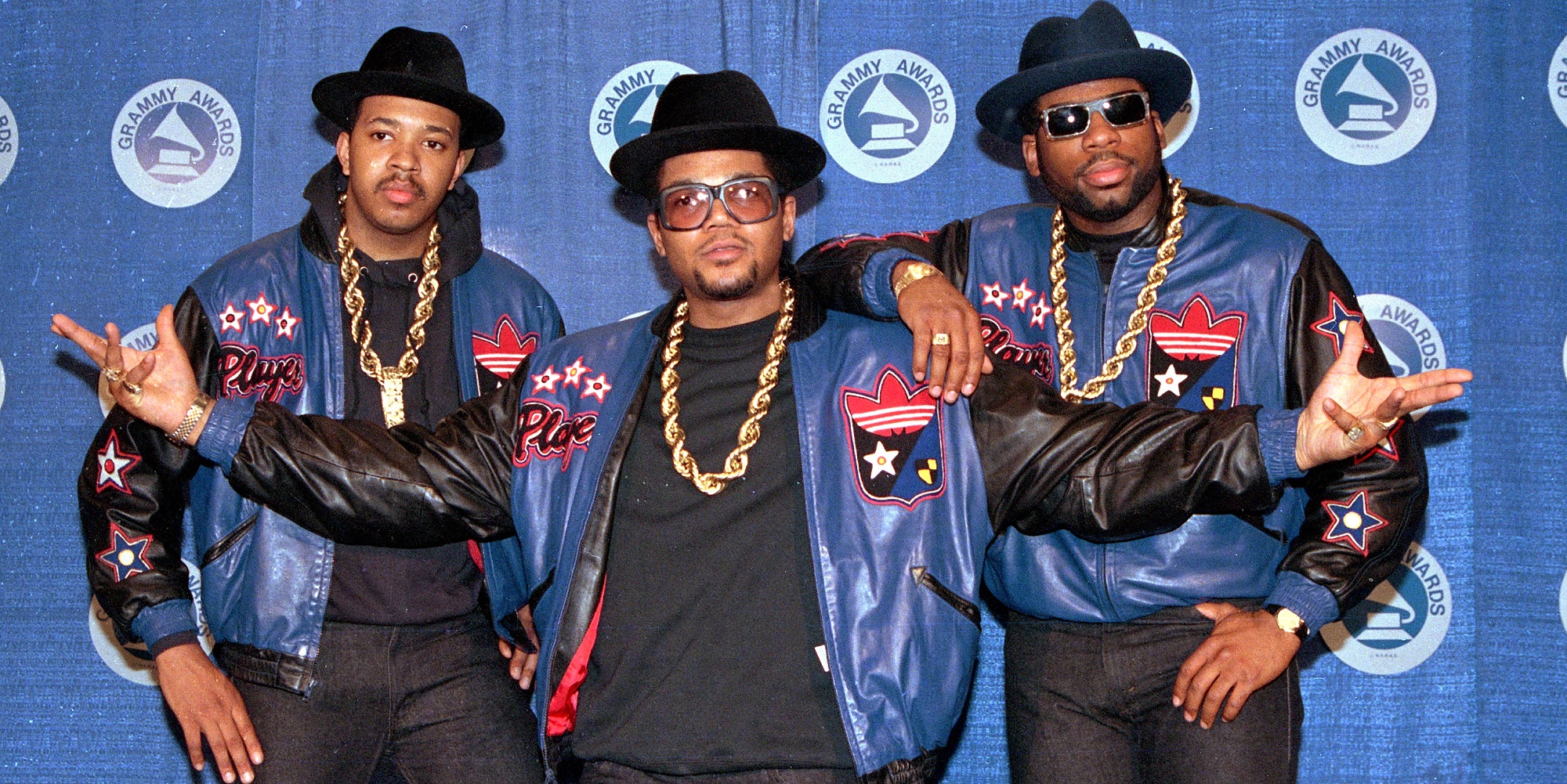Hip hop exists now as a global entity that is also at the helm of pop culture. But before the culture could touch every continent, it had to evolve beyond its birthplace and grow nationwide. Here are the regions that represented hip hop and grew it past its limitations.
1. East-Coast Born
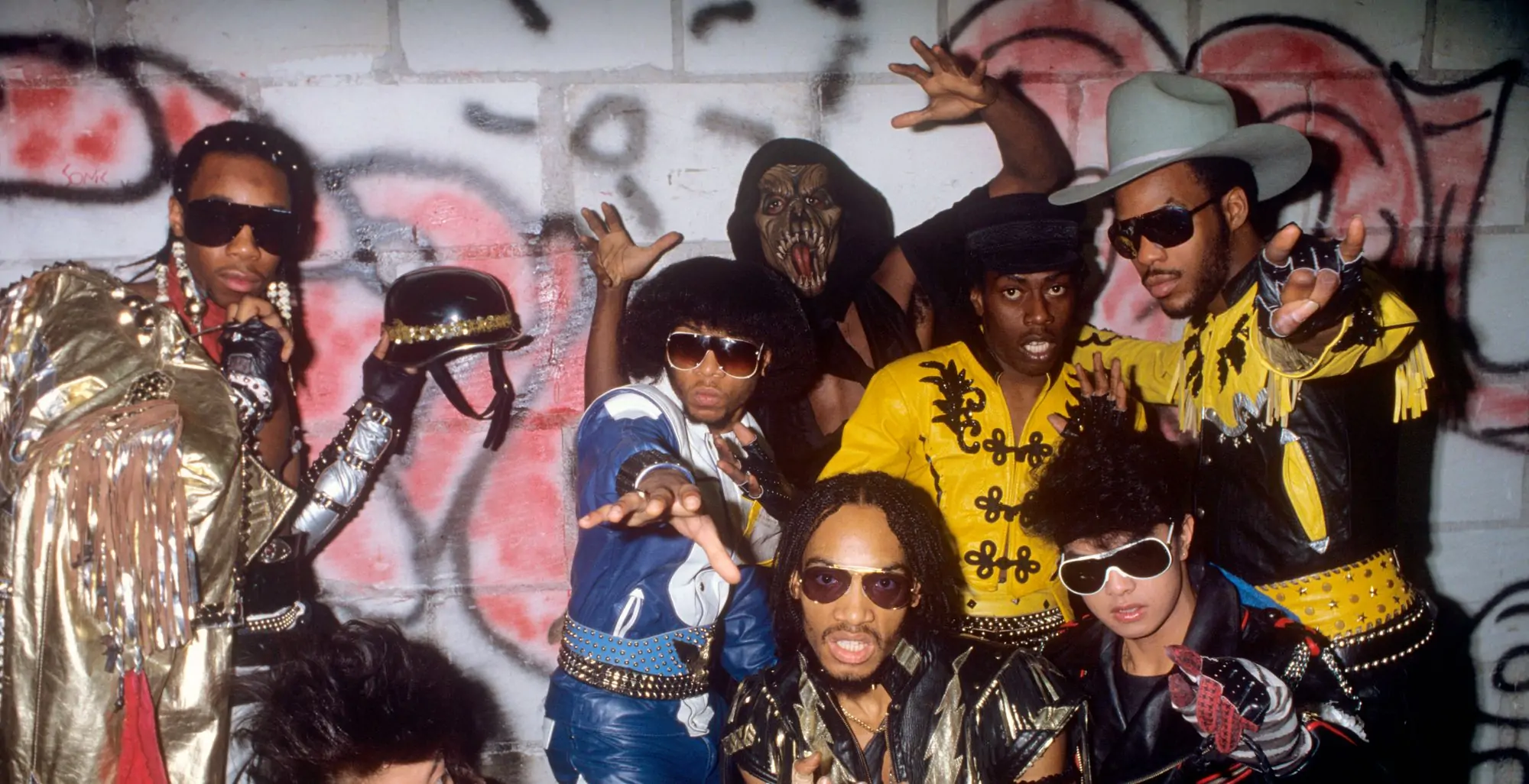
Yes, by East Coast, we must start with hip hop’s birthdate: August 11, 1973, in a Bronx-New York apartment building, where DJ Kool Herc hosted the party. The vibrations of the underground movement spread throughout the city’s boroughs, where pioneers such as Grandmaster Flash and the Furious Five created classic records such as “White Lines” and “The Message.” While Public Enemy, LL Cool J, and Run DMC put rap music on notice, the Bridge Wars between The Juice Crew and Boogie Down Productions created a territorial battle rhymefest that would cause debate for decades.
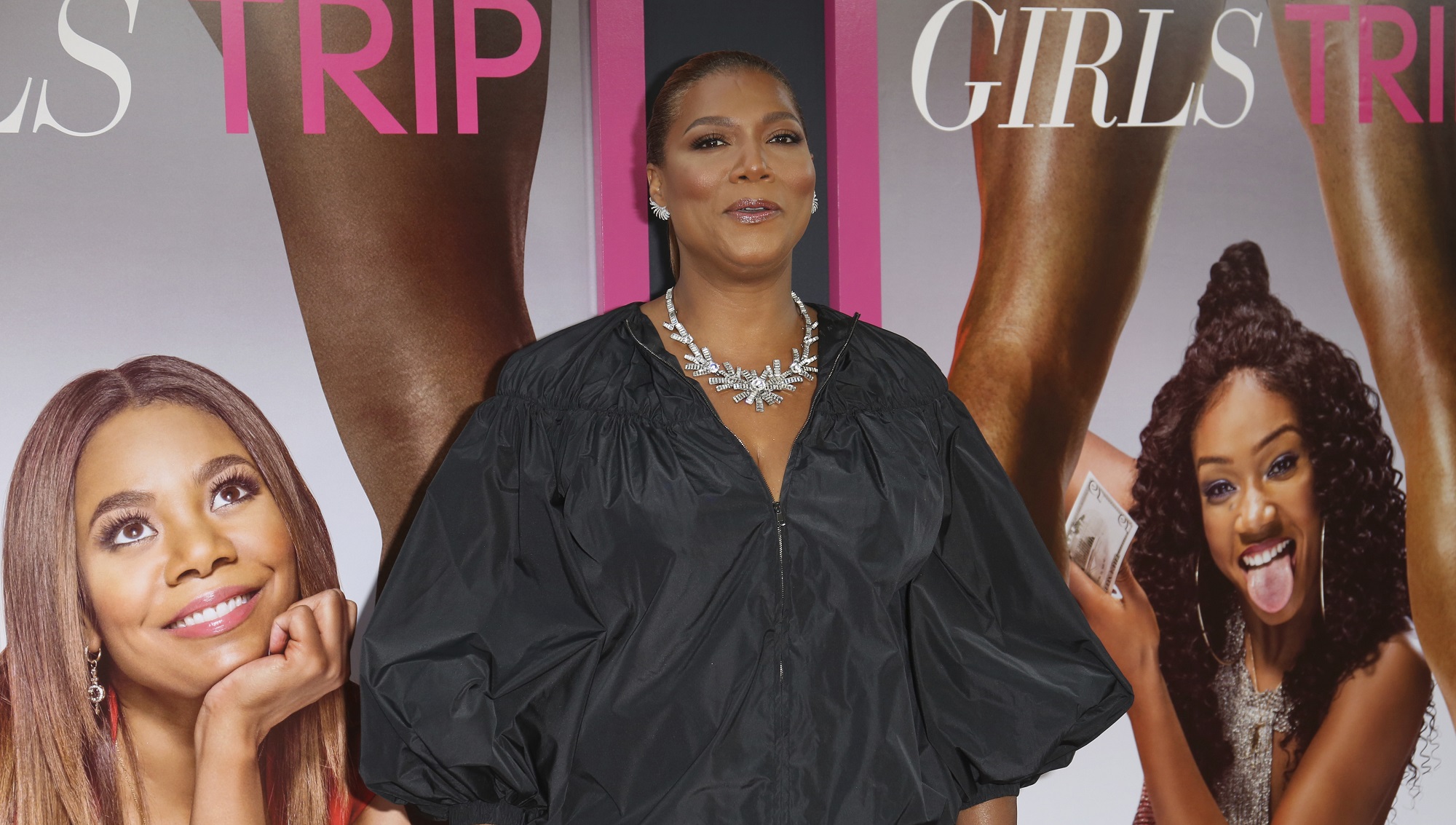
During the mid-1980s, hip hop’s influence crossed state lines and ventured outside its homeland of New York City into Philadelphia. The City of Brotherly Love’s own Schoolly D had created “P.S.K. ‘What Does It Mean?’”, which would be considered the first gangsta rap song. Shortly afterward, DJ Jazzy Jeff and the Fresh Prince debuted their first album, Rock the House with lead single, “Girls Ain’t Nothing but Trouble.” By the late 80s and into the early 1990s, artists from New Jersey, such as Queen Latifah and Naughty by Nature, began to make an imprint in the Tri-State area and beyond.

Hip hop’s golden era had established legends such as Big Daddy Kane, Eric B & Rakim, A Tribe Called Quest, MC Lyte, Slick Rick, and EPMD. This era was marked by an elevation in the art of lyricism. It produced classic works from Wu-Tang Clan (36 Chambers), Nas (Illmatic), the Notorious B.I.G. (Ready to Die), Mobb Deep (The Infamous), DMX (It’s Dark and Hell is Hot), Jay-Z (Vol.2…Hard Knock Life), and Lauryn Hill (The Miseducation), which all became noteworthy classics. The East Coast—primarily New York—will forever have undebatable credit for birthing the culture. But the culture couldn’t remain there.
2. West Coast Sh!t

The beauty of West Coast rap starts with its storytelling. Influenced by Schoolly D’s “P.S.K...”, Los Angeles street hustler-turned-rapper Ice-T created “6 ‘N the Morning” about a day in the life of a neighborhood drug dealer. The song’s use of cuss words, lines such as “Called us punk p****s said we all weren’t sh*t,” inspired five rappers from straight outta Compton to form N.W.A. The group’s members, Ice Cube, Dr. Dre, DJ Yella, MC Ren, and front man Eazy-E, unleashed rebellious rap music that was praised for its innovation and criticized for its misogyny. Eric “Eazy-E” Wright, a former drug dealer himself, would use profits from his street pharmaceutical sales to create his own label, Ruthless Records, whose roster would include J.J. Fad, Above the Law, The D.O.C., Michel’le, and later a young group from Cleveland, Ohio, named Bone Thugs-n-Harmony.
Elsewhere in the Sunshine State, northern California rappers became famous by becoming independent record label CEOs. The Bay Area rap scene produced such legends as Too $hort, whose sexually explicit lyrics were like the blueprint of a 1970s Black movie pimp. Then the wordsmith E-40 and his family crew, The Click, told street tales with innovative slang—songs like “Captain Save a H**”, “Sprinkle Me”, and “Dusted ‘n’ Disgusted.” Oakland’s MC Hammer, the ultimate showman, became a mainstream superstar and elevated hip hop’s commercial value.
By the late 1990s and into the 2000s, West Coast music influence was undeniable with artists such as Cypress Hill, Mac Dre, Spice 1, Mac Mall, The Pharcyde, Souls of Mischief, Mistah F.A.B., and others. Group tensions over money dissolved N.W.A as a group, but their legacy would live on to create one of hip hop’s most successful family trees.
Ice Cube would have a legendary solo run with releases AmeriKKKa’s Most Wanted, Kill at Will, Death Certificate, and The Predator. Dr. Dre would create The Chronic, a classic album that became the soundtrack to the L.A. Riots. Dre and partner Suge Knight would form Death Row Records, whose controversy shone as bright as their musical roster, with the likes of Snoop Dogg, Tha Dogg Pound, Lady of Rage, Nate Dogg, and later 2Pac. This era impacted future generations of Cali rappers: The Game, Nipsey Hussle, Kendrick Lamar, YG, Saweetie, DJ Mustard, Tyler the Creator, and others.
3. Midwest No Fly Over
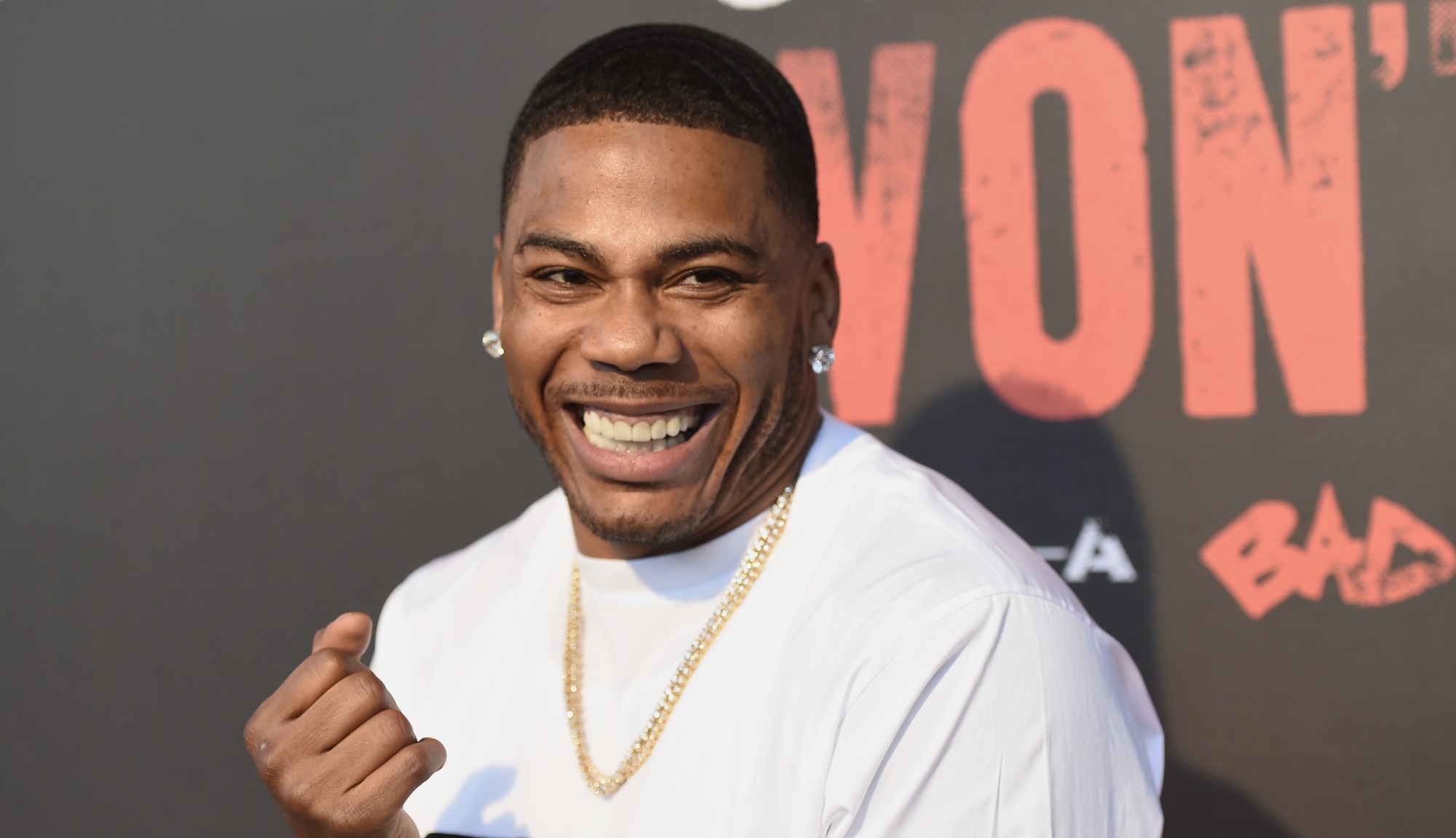
The Midwest is the most underrated region in hip hop because those artists usually represent the most under-the-radar states in the nation, aka, flyover country. The glamorous areas of America are: New York City, first; California, second; and everywhere else—last. While the origin of Down South hip hop could arguably be traced back to southern states feeling a united hatred towards the North (which resulted in an actual war), musically speaking, Midwest states and cities aren’t really known for their regional togetherness.
The rap music created by pioneering Midwest artists such as Common, Twista, and MC Breed, was more a sonic representation of the artists as individuals—not symbolic of the region as a whole. Although Common’s “I Used to Love H.E.R.” was intended to be a tribute to hip hop culture, the song sparked an accidental feud with Ice Cube. Even that battle is often seen as part of the East Coast/West Coast beef, not a Midwest/West Coast one.
With witty rhymes at the forefront and backed by Dr. Dre, Detroit rapper Eminem became a star. Despite his records being undeniably good, the quirky production was more an extension of the MC himself than the town he came from. Bone Thugs-N-Harmony released classic records such as “Thuggish Ruggish”, “1st of the Month”, and “Tha Crossroads.” Those songs made them superstars and put Cleveland, Ohio, on the map—but not the entire Midwest. “Po Pimp” by Chicago’s Do or Die shared some similarities with Bone Thugs and Twista, like their fast flow and Midwest player culture, but the song fell short on regional identity. Fellow Midwest rappers such as Tech N9ne, DaBrat[TL1] , Bow Wow, and others, found success individually but did not garner geographical recognition.
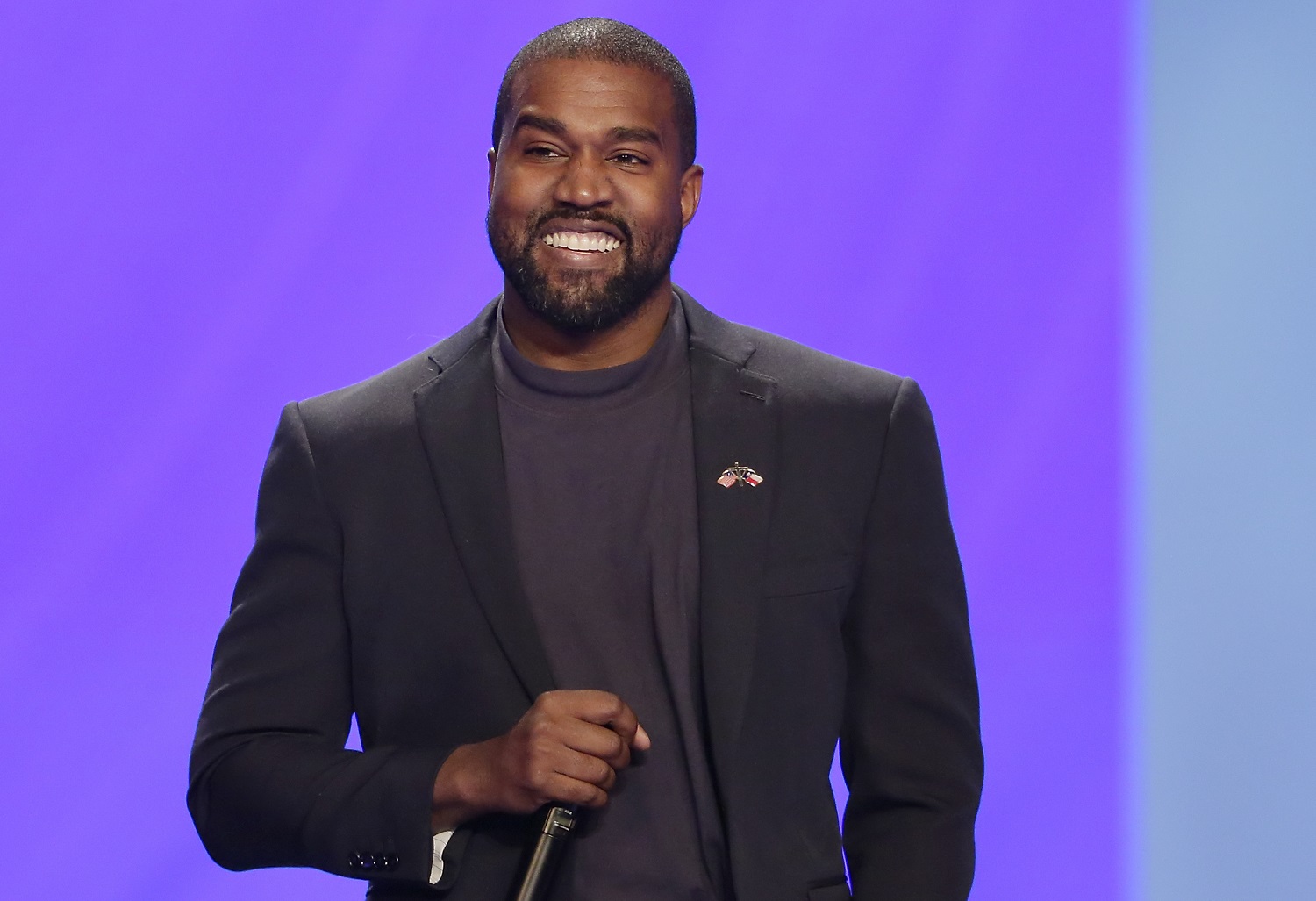
The struggle for Midwest identity continued until the musical introduction of both Nelly and Kanye West. The soulful production and Midwest shout-outs throughout their music planted a flag in the culture. On“Jesus Walks”, when Kanye says, “You know what the Midwest is? Young and restless”, itgave energy and pride to a region that essentially went unnoticed. Meanwhile, Nelly and the St. Lunatics’ “Midwest Swing” offered crucial descriptions of shared regional touchstones (such as classic car culture) among the states.
Later the Chicago Drill sound introduced artists like Chief Keef, Lil Durk, G-Herbo, and others. Instead of the usual one at a time, Detroit’s artists began to emerge in large groups—Big Sean, Sada Baby, 42 Dugg, Kash Doll, Royce da 5’9, J Dilla (RIP), Icewear Vezzo[TL2] , Proof (RIP), Dej Loaf, and more. In time, critical praise has been given to Chi-Town’s Chance the Rapper, Pittsburgh’s Wiz Khalifa, and Freddie Gibbs from Gary, Indiana. All sound vastly different but are unified in representation.
4. The South Got Something to Say
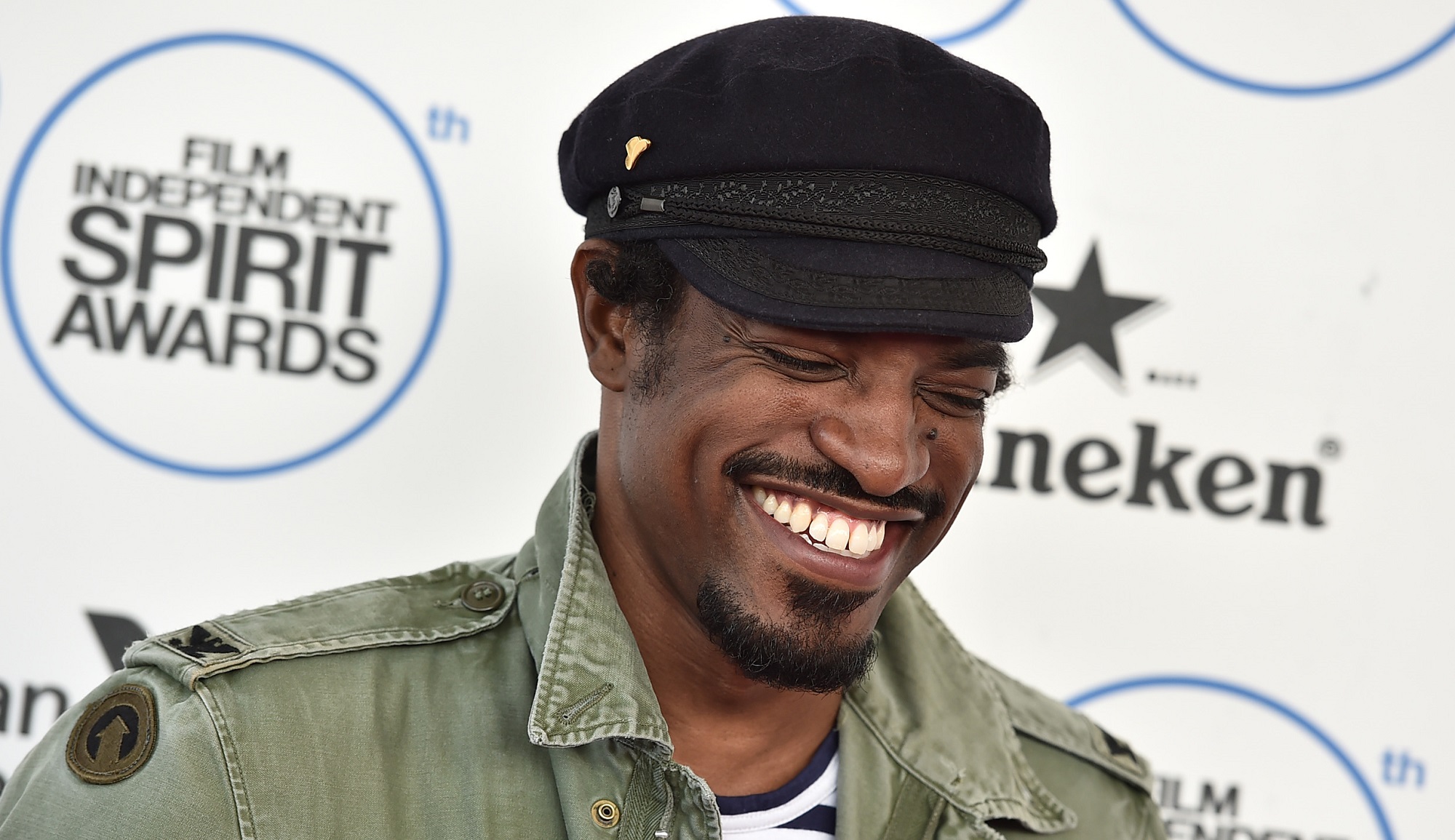
The 1995 Source Awards is infamously (and lowkey falsely) known for setting off the East Coast/West Coast rap war. Death Row Records CEO Marion “Suge” Knight’s speech/diss to Bad Boy CEO Sean “Puffy” Combs sparked a chain of events that nobody at the time could’ve foreseen. What happened under the radar was that Outkast won the award for Best New Rap Group, and a young Andre 3000, appearing disgruntled, stepped to the mic with a message:
But it’s like this, tho. I’m tired of folks—know what I’m sayin’—them closed-minded folks. Know what I’m sayin’? It’s like, we got a demo tape, but nobody wanna hear it. But it’s like this: THE SOUTH GOT SOMETHING TO SAY. That’s all I got to say!
3-Stacks’ speech was a long overdue response to the criticism “Them down-south n***az can’t rap!” that had existed for years. It was a wake-up call, a rallying cry, and a harbinger of what was to come.
Yes, pioneers such as Uncle Luke and his Miami, Florida-based group, The 2 Live Crew, sold millions of records; plus they won a fight against the United States government over censorship that all rappers benefited from. And Port Arthur, Texas, duo Pimp C (RIP) and Bun B—known as UGK—released classics such as 1996’s Ridin’ Dirty. And Eightball & MJG’s Comin’ Out Hard (1993) opened the door for Memphis, Tennessee. And Houston’s Geto Boys’ “Mind Playing Tricks on Me” (1991) was critically respected and reached number 23 on Billboard 100. All were notable works by soon-to-be-legendary artists, but they were still dismissed and ignored at the time by their East Coast/West Coast peers.
Down South hip hop’s response to Andre’s speech was a gradual climb of recognition that developed into dominance. Their reign began with the emergence of independent labels No Limit and Cash Money Records taking over for the 99 and the 2000s. Percy “Master P” Miller planted his flag with a tank and a No Limit roster that included Mystikal, Mia X, Silkk the Shocker, Mac, C-Murder, Fiend, Kane & Abel, Soulja Slim (RIP), and everybody else from the left side of New Orleans, Louisiana. Bryan “Birdman” William led Cash Money, a smaller and more elite team from the same city with Juvenile, Turk, Mannie Fresh, B.G., and future legend Lil Wayne.
On the other side was Memphis franchise group Three-6-Mafia, whose cult following carried them to superstardom. The early 2000s saw Atlanta, Georgia, out front with Lil Jon and the Eastside Boys leading the crunk music wave that introduced artists such as Crime Mob, Ying Yang Twins, Lil Scrappy, YoungBloodz[TL3] , Trillville, and more. DJ Screw (RIP) from Texas delivered Screw music, a slowed artistry on wax and a style that also came from artists such as Lil Flip, Z-Ro, Paul Wall, Chamillionaire, Fat Pat (RIP), Slim Thug, Lil Keke, Big Pokey (RIP) and more.
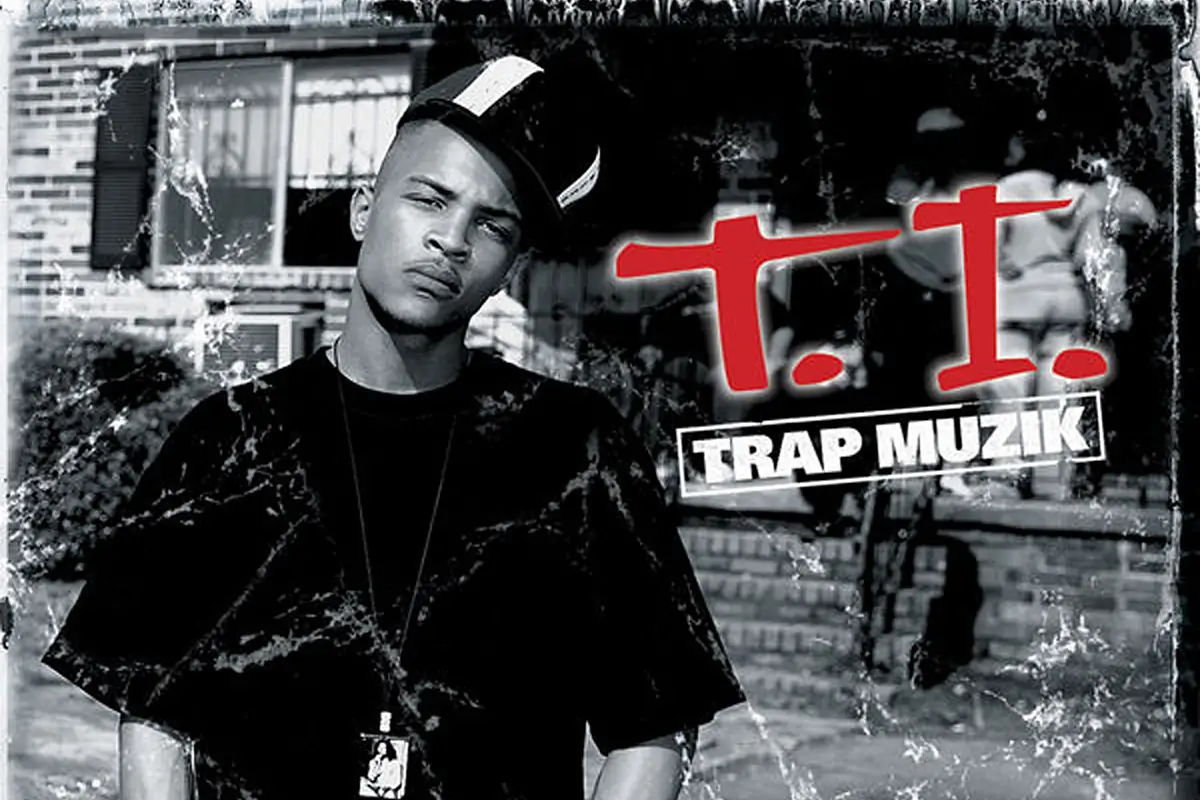
T.I.’s Trap Muzik became a Southern hustler’s bible. It was the template; it broke through barriers and earned even more room and respect for the South. Then, Southern artists such as Ludacris, Jeezy, Killer Mike, Yung Joc, Waka Flocka Flame, and Gucci Mane continued to unapologetically kick in the doors and stayed there. Later rappers would adopt T.I.’s formula and add syrup—Atlanta trap music ushered in Future, 21 Savage, 2 Chainz, Young Thug, Migos, and others. These rappers/MCs took the respect they weren’t given and have continued to thrive as a dynasty, making the South the supreme region in Hip Hop today.


